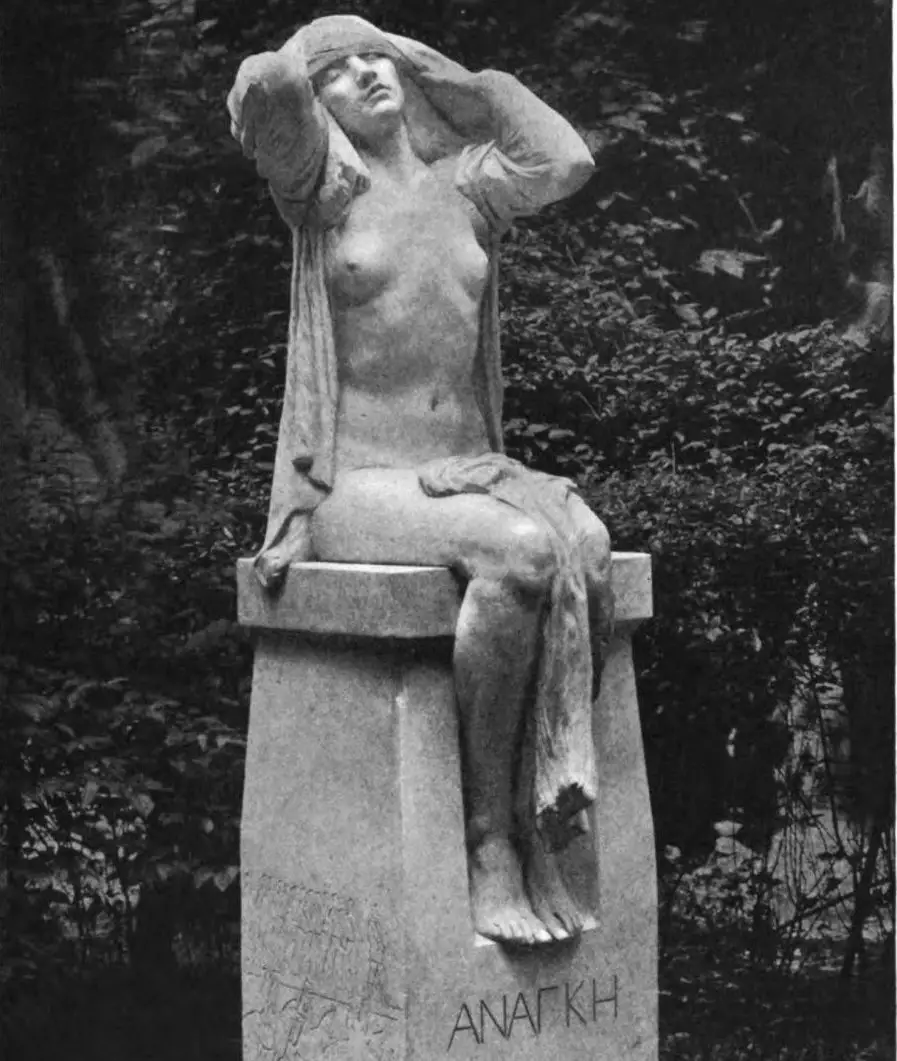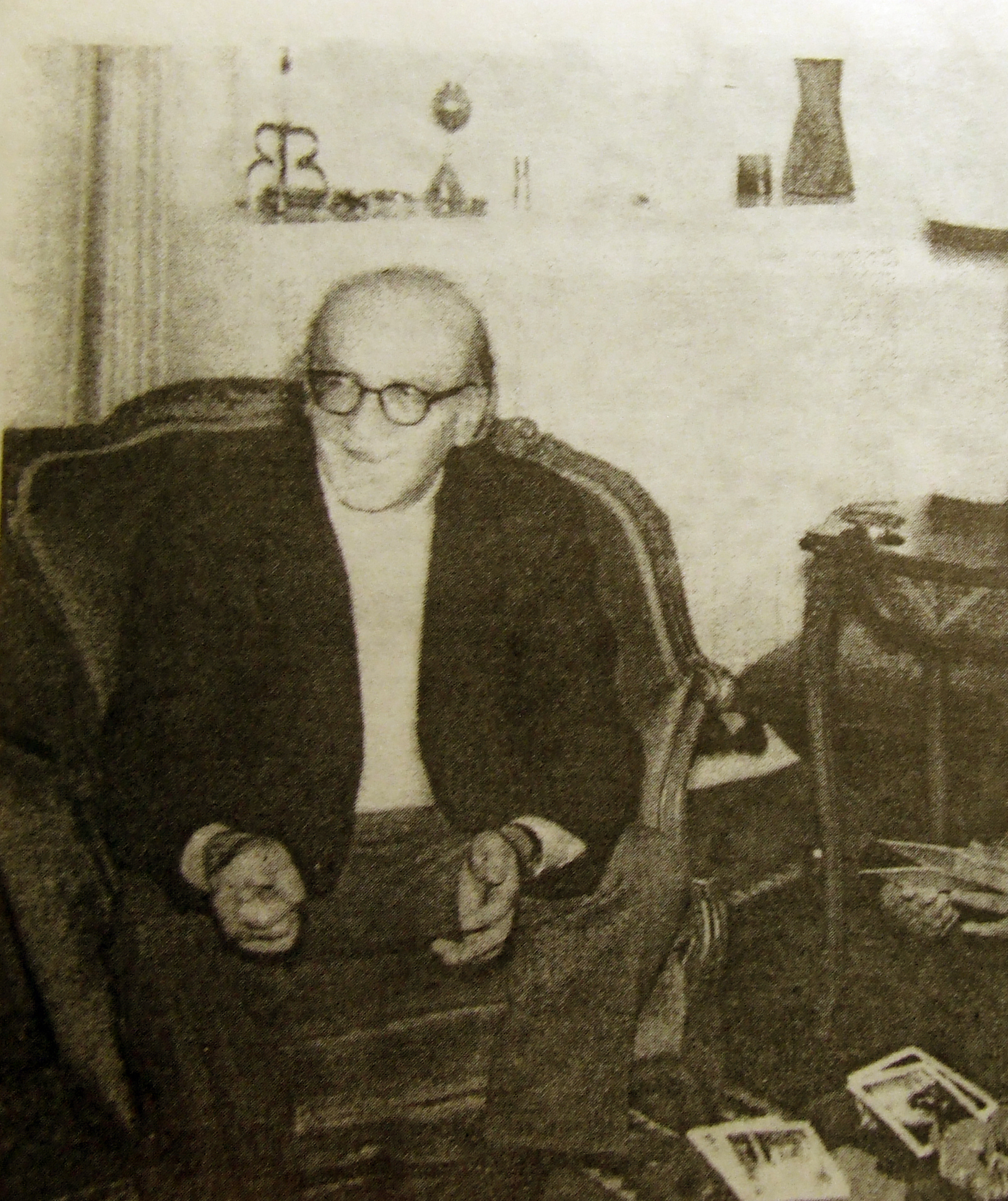This article is based on the summary of William Sullivan's book "The Mystery of the Incas" edited by Piervittorio Formichetti and expanded by Marco Maculotti.
waka, totem animals, constellations
The ancient Andean peoples called huaca (o waka) "the presence of the sacred and the magical-telluric in each of its multiple forms or manifestations (stones, mountains, rivers, stars, celestial and terrestrial phenomena, crossroads, funeral cults, etc.)"That they encountered everywhere in a sacred world / mental space [González, The pre-Columbian symbols, p. 75]. In other words, they revered the innumerable states of a Universal Being manifesting through the environment as a hierophany. The Italian anthropologist Mario Polia writes [The blood of the condor, p. 86], reporting an indigenous tradition of the Samanga valley: "Le huacas, be they rocks, stones or mountains, they are hungry and if men do not nourish them, they devour their soul, their "shadow", sucking life from their bodies. If they are satisfied, however, they protect the fields, ward off evils and call the rains».



